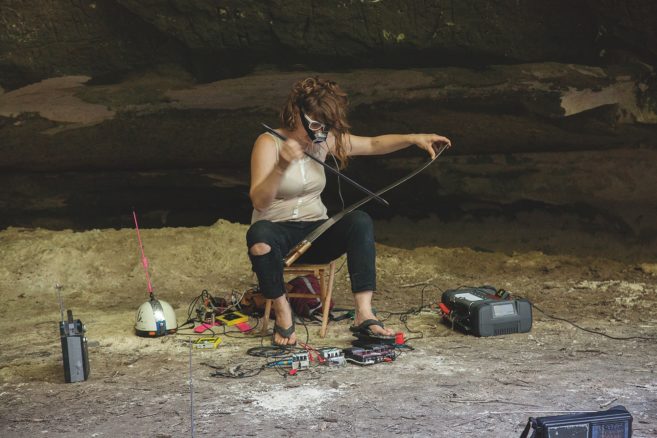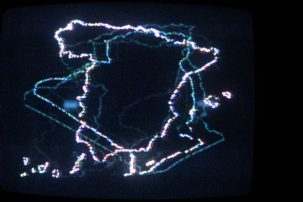Throughout my school years, from elementary into high school, I took visual art classes. In my final year of high school our assignment was to focus on a single theme, so I chose to work with flowers. I worked with them in many mediums. I created flowers in watercolours, acrylic paints, pencil crayon, charcoal—everything. There are so many ways to capture the beauty of a flower; I was constantly collecting photographs from magazines and trying to find beauty in printed images. That year I learned many new ways of looking at the same thing.
In the past 10 years I’ve become more interested in sewing and creating things with my hands. I’ve been learning to work with beads, leather, sealskin, fur and fabric—those are the new kinds of art materials I am investing my time in. I find that art is a way of expressing your creativity, your skill. It’s about making time to think through how you put colours together, how you combine objects. In that part of my practice, I am finding beauty.
I recently completed my first amautik. I’d never made one before. During that project I had to rely on people’s advice and direction. I got a copy of the pattern, then cut and sewed the materials together. I made it start to finish, and it turned out really well. I’m really happy with it, and happy that it fits the new mom. It’s beautiful, and I was able to do that with my own hands, and with the words of knowledgeable people in my head. After making
it I realized I was becoming interested in how people make their own amautiit—the different techniques and designs they use. I found myself observing the different styles, and how they put it together. I was wondering if there was a different way that worked better, because they must be doing it that way for a specific reason. It makes me want to make another one, even though I don’t need to. I made my first amautik out of necessity, to keep a mother and child warm. Along the way I was inspired to go further, to look at other people’s styles. I found the artistry in that garment now that one’s been in my hands, now that I’ve put one together.








